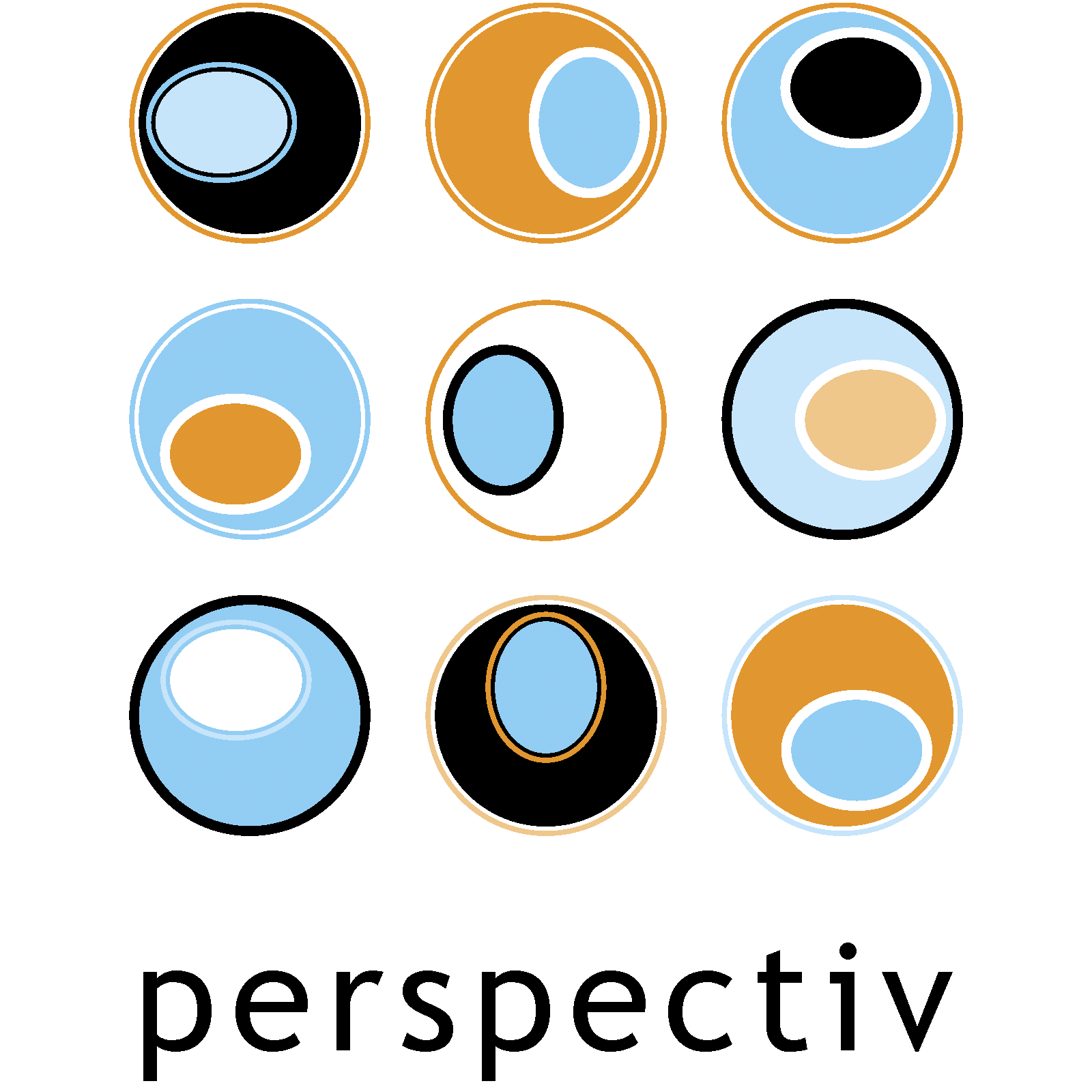Learn to be a leader people want to follow
As a culture, we have many outdated, mythical, and frankly just plain wrong conceptions of leadership. Many of the lessons about traditional management prevents us from being effective leaders. As Peter Drucker (management consultant, educator and author) observed:
‘So much of what we call management consists of making it difficult for people to work.’
One part of the challenge is that the processes that help determine and shape managers often produces people who behave differently from what most employees desire. Managers are mostly promoted into their roles based on historical performance, tenure, or previous management roles – with little account for whether they possess the characteristics and qualities of admired leadership.
Almost every popular notion about leadership is a myth. This article does not try to list all these myths, but to explore some of them and introduce one of the biggest opportunities for innovation – that of innovating the technology of management itself. One of the main challenges of our time is to rid ourselves of these outdated traditions and myths. As Dee Hock (Founder and former CEO of Visa) said:
‘If you don’t understand that you work for your mislabelled “subordinates” then you know nothing of leadership. You know only tyranny.’
Unfortunately, we struggle much more with figuring out how to get rid of old, out-of-date thoughts than with getting new, innovative thoughts into our minds.
More helpful conceptions about leadership
Leadership is a relationship between those who choose to lead and those who choose to follow. It is not a position. Yet still today in many organisations, we have the very odd situation that senior people are often referred to as the ‘leadership’ (and the ‘leadership team’) and middle-level people are referred to as ‘managers’ and everyone else ends up with a variety of titles. So, managers are leaders in waiting? And everyone else are managers in waiting? Clearly this is nonsense and this language limits performance.
Performance = Potential – Inhibitors
High performance institutes we work with have a formula ‘Performance = potential – inhibitors’ or ‘Performance = potential – ignorance’ and clearly the language that positions people in a hierarchy as either leaders or managers is unhelpful and therefore an inhibitor to high performance. A more productive, inclusive, and effective approach is to think that:
Leadership is everyone’s business – not just those that at the top
Learning effective leadership practices is anyone’s to do
Leadership is about frame of mind and behaviours – not a position in the hierarchy
Leadership does not exist without followership – indeed, some argue that leadership is over-glorified; as this famous TED talk by Derek Sivers reveals, it’s followers that transform people into leaders
Management is bestowed on us by our manager and leadership is bestowed on us by our followers.
Have you reflected on the conceptions of leadership in your past experience, currently in your head, and what the prevailing patterns are in your organisation?
Rethinking management
Some people and organisations have figured out that ‘management’ innovation makes a difference to performance and is a major source of competitive advantage. For example, by carefully rethinking:
The consequences of labelling those at the top as ‘leaders’ – which implies the rest of us are not leaders
The consequences of labelling some people as ‘creative’ – which implies the rest are not creative
The consequences of having an innovation or creative department – which implies that’s where creativity and innovation get done and no one else needs to think about it.
Gary Hamel (the business writer, consultant and guru) has written widely about the need for innovation of management (as opposed to product, service or business model innovation) in places such as the Financial Times and the Harvard Business Review. Some highlights of his articles include:
Trying to get an organisation to innovate management is like trying to get a dog to walk on its hind legs; while the biscuit is held there, some progress is made but once the biscuit has gone – nothing
Most managers work in an organisational context that gives them no incentive to explore new ways of working – indeed, the status quo suits many
A rethink of strategic planning, budgeting, project management, management hierarchy, reward and recognition systems, or employee assessment? Forget about it!
The real key to management innovation is the collaboration between theory-oriented practitioners and practice-oriented scholars. These people are rare.
Ideas about management that not only move forward the state of the art but also provide competitive edge often come from deep collaboration between thinkers and doers trying new things – in other words: through experimentation.
Our Creative Leadership Programmes
Learn how to build and sustain the environment for innovation and creativity.
Develop strategies to remove barriers to best performance across your organisation.
Discover more about what it takes for people to willing follow you on our Creative Leadership training programmes.
Our programmes aim to accelerate leaders to a new level of practice in how to unleash, develop and harness innovation and creative thinking in their organisations.

